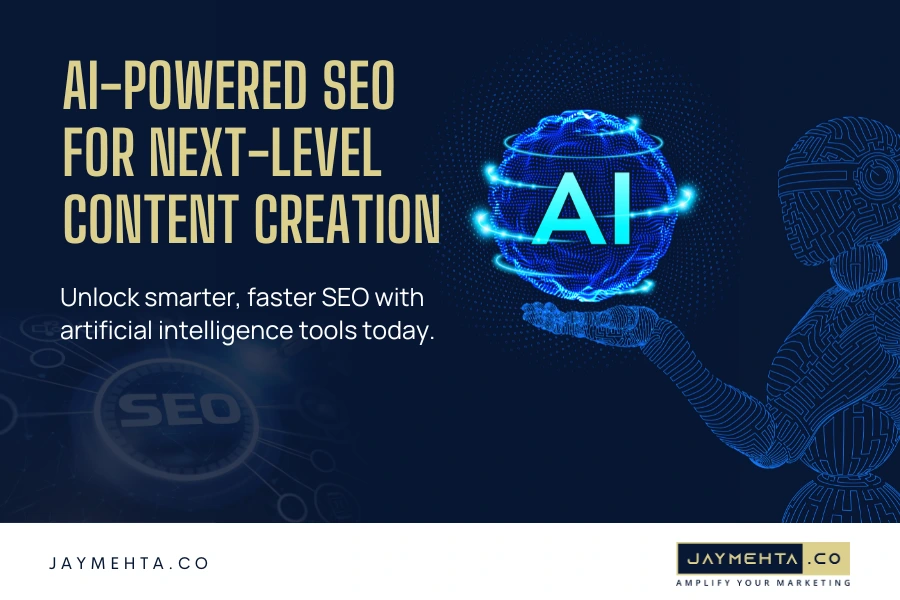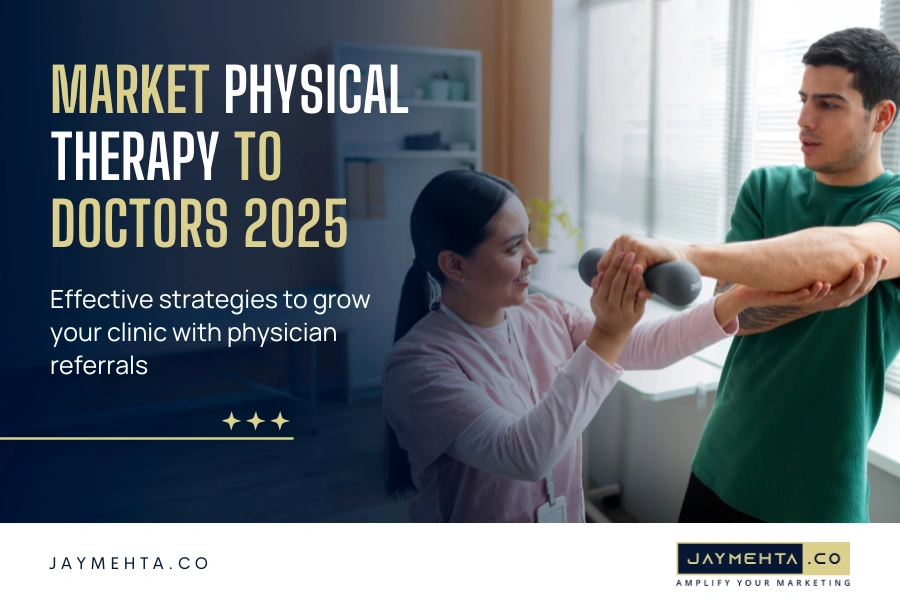Introduction to High-Converting Facebook Ads
Welcome to our comprehensive guide on running high-converting Facebook ads that will help you surpass your competitors.
In the digital age, every business is looking to maximize their business visibility and it's easy to generate traffic to your website or online store/business.
However, driving high-quality traffic that converts into leads, sales, or other desired actions can be a challenging task. That's where the power of social media advertising, specifically Facebook ads, comes into play.
Businesses should focus on conversions and quality traffic to ensure a higher return on investment and the growth of their customer base. With billions of active users worldwide, social media platforms have become an essential advertising channel for businesses to tap into a vast pool of potential customers.
Among these platforms, Facebook stands out as a leading advertising platform that enables businesses to reach their target audience with precision and effectiveness.
If you want to achieve high conversions with Facebook Ads, watch this.
Facebook advertising offers numerous benefits, including advanced targeting options, a variety of ad formats, and a user-friendly interface that allows businesses to create and manage their ad campaigns with ease.
By leveraging the power of Facebook ads, you can not only reach a vast audience but also increase your chances of converting them into valuable customers.
In this comprehensive guide, we will dive deep into the world of Facebook advertising and provide you with the knowledge and tools necessary to create, launch, and optimize high-converting Facebook ad campaigns.
From setting up your Facebook Ads account to identifying your target audience, crafting compelling ad creatives, and implementing advanced strategies, you'll learn everything you need to master Facebook ads and achieve exceptional results. So, let's get started with our guide and unlock the full potential of Facebook advertising for your business.

Setting Up Your Facebook Ads Account
Before diving into ad creation, it's essential to set up your Facebook Ads account correctly. Follow these simple steps to get started:
- Go to Facebook Ads Manager and sign in with your Facebook account.
- Click on the menu button in the top left corner and select "Create & Manage."
- Choose "Business Settings" and follow the prompts to create a new Business Manager account or connect an existing one.
- Add your business details, including your company name, address, and payment information.
Now that your account is set up, you're ready to begin planning your first high-converting Facebook ad campaign.

Identifying Your Target Audience
Targeting the right audience is critical for the success of your Facebook ads. Consider these factors when identifying your target audience:
- Demographics: Age, gender, location, education, and income level.
- Interests: Hobbies, preferences, and other topics that resonate with your target customers.
- Behaviors: Purchase history, device usage, and other actions related to your products or services.
- Custom Audiences: Create a list of people who have interacted with your business, either through your website or email list.
- Lookalike Audiences: Use Facebook's algorithms to target users who are similar to your existing customers.

Creating Compelling Ad Creatives and Copy
To captivate your audience and inspire action, you need to craft compelling ad creatives and copy. Keep these tips in mind:
- Visuals: Use high-quality images or videos that grab attention and showcase your product or service.
- Headlines: Write short, attention-grabbing headlines that highlight the main benefit of your offer.
- Ad Copy: Use persuasive, benefit-driven copy that speaks directly to your audience's pain points and desires.
- Call-to-Action (CTA): Include a clear and compelling CTA that encourages users to take the desired action.
Choosing the Right Ad Placement and Format
Facebook offers various ad placements and formats to help you reach your goals. Consider the following options:
- Placements: Choose between Facebook News Feed, Instagram Feed, Stories, Messenger, and Audience Network.
- Formats: Select from a range of ad formats, including single image, carousel, video, slideshow, and collection.
Consider your campaign objectives and target audience when selecting the best placement and format for your ads. For instance, if your goal is to drive website traffic, the Facebook News Feed placement with a single image or video format might be the most effective option.

Setting an Optimal Budget and Bidding Strategy
Determining the right budget and bidding strategy is crucial to maximize your ad campaign's return on investment. Consider these factors when setting your budget and bidding strategy:
- Objective: Align your budget with your campaign goals, such as brand awareness, lead generation, or sales.
- Target Audience: Larger audiences may require a higher budget to reach effectively.
- Competitiveness: Competitive industries or target markets may require a higher budget to stand out.
- Bidding Strategy: Choose between automatic and manual bidding, depending on your level of experience and control desired.
Start with a test budget and gradually increase it based on your ad performance and optimization efforts.

Optimizing Ad Performance Through A/B Testing
A/B testing (also known as split testing) allows you to compare different ad elements to determine which version performs better. Follow these steps to conduct an effective A/B test:
- Select a Variable: Choose one element to test at a time, such as headline, image, or CTA.
- Create Variations: Develop two or more versions of the selected variable.
- Split Your Audience: Divide your target audience into equal segments and expose each segment to a different ad variation.
- Analyze Results: Measure the performance of each ad variation based on your campaign objective, such as click-through rate, conversion rate, or cost per acquisition.
- Implement the Winner: Use the winning variation in your campaign and continue to test other variables for ongoing optimization.

Tracking and Measuring Your Ad Campaign's Success
To gauge the effectiveness of your Facebook ads, you need to track and measure 1` (KPIs). Some essential KPIs to consider include:
- Click-Through Rate (CTR): The percentage of people who click on your ad after seeing it.
- Conversion Rate: The percentage of users who complete a desired action, such as signing up for a newsletter or making a purchase.
- Cost Per Click (CPC): The average amount you pay for each click on your ad.
- Cost Per Acquisition (CPA): The average amount you pay for each conversion, such as a lead or sale.
- Return on Ad Spend (ROAS): The revenue generated from your ad campaign divided by the total ad spend.
Monitor these KPIs regularly to evaluate your campaign's performance and make data-driven decisions for optimization.

Implementing Advanced Facebook Ad Strategies
Once you've mastered the basics of Facebook advertising, consider implementing advanced strategies to further improve your ad performance:
- Retargeting: Show ads to users who have previously interacted with your business but haven't converted yet.
- Dynamic Ads: Automatically promote products from your catalog to users who have shown interest in similar items.
- Custom Conversions: Track and optimize for specific actions on your website, such as product page views or add-to-cart events.
Conclusion
This comprehensive guide to running high-converting Facebook ads has equipped you with the knowledge and tools necessary to create, launch, and optimize your campaigns.
By following the best practices and implementing advanced strategies, you'll be well on your way to outperforming your competitors and achieving exceptional results. So, start planning and executing your Facebook ad campaigns today, and watch your business soar to new heights!
What additional tactics do you employ to enhance the conversion rate of your Facebook ads? Provide your recommendations in comments.

Frequently Asked Questions (FAQs) About Running High-Converting Facebook Ads
To improve your Facebook ad performance, consider the following strategies:
- Refine your target audience to ensure you’re reaching the most relevant users.
- Optimize your ad creatives and copy to better resonate with your audience.
- Test different ad placements and formats to discover the most effective options.
- Adjust your budget and bidding strategy based on your campaign goals and competition.
- Conduct A/B tests to identify the best-performing ad elements and continuously optimize your campaigns.
There are several reasons why your Facebook ads may not be converting:
- Inaccurate targeting: Your ads may not be reaching the right audience. Ensure you’ve accurately defined your target audience based on demographics, interests, behaviors, and other relevant factors.
- Weak ad creatives and copy: Your ads may not be engaging enough to inspire action. Use high-quality visuals, attention-grabbing headlines, and persuasive copy to capture your audience’s interest.
- Unclear call-to-action (CTA): Make sure your CTA is clear, prominent and encourages users to take the desired action.
- Landing page issues: Your landing page may not be optimized for conversions, causing users to bounce. Ensure your landing page is consistent with your ad message, has a clear value proposition, and provides a seamless user experience.
- Insufficient budget: A limited budget may prevent your ads from reaching a larger audience or competing effectively in your market.
- Traffic: If your primary goal is to drive a large number of visitors to your website, blog, or other online assets, the traffic objective may be the best choice. This objective optimizes your ads to generate the most clicks at the lowest cost.
- Conversions: If your primary goal is to generate leads, sales, or other specific actions on your website, the conversion objective may be more suitable. This objective optimizes your ads to reach users who are more likely to complete the desired action, resulting in a higher conversion rate.
In general, if conversions are your main goal, it's advisable to use the conversions objective as it focuses on generating tangible results for your business. However, ensure you have the Facebook Pixel installed on your website to accurately track and optimize for conversions.













